Orpington Chickens
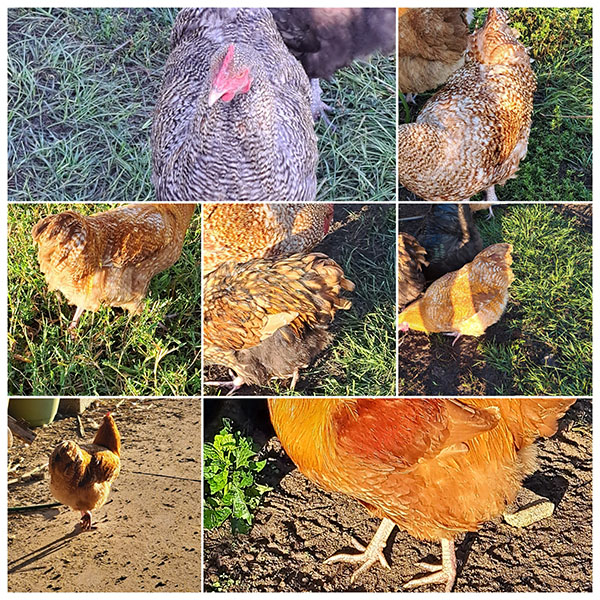

Orpington chickens were created back in the late 1800s in England by William Cook who wanted to create a good dual purpose hen. The breed is known to be gentle and peaceful. Because of their docile nature, orpingtons make great pets and tend not to be aggressive towards other poultry breeds. Orpingtons also happen to be very good egg layers and can lay anywhere from 3-5 brown eggs each week. Hens will go broody and make excellent mothers to their chicks. Hens tend to go broody after laying a clutch of eggs.
There are two types of breeders: utilitarian and exhibition.
The exhibition strains are bred by the purists who want to breed the perfect bird to the registered characteristic standards. Utilitarian breeders focus first on egg laying and then breed standards such as appearance. Orpingtons are big and fluffy and have a quiet and docile personality. They are good layers of light brown eggs. Egg production of your Orpington Chicken will depend on the color variety. Buffs are well known as a very good egg layer – this is one of the reasons why they are so popular. Other varieties can be best described as fair to moderate layers. On average, you can expect from 3-5 eggs each week (150-250 per year).
They come in a variety of colors many of which are recognized by the American Poultry Association (APA). They make good moms to their chicks. Orpingtons are winter hardy and survive well in cold and hot climates.
Orpington Chickens like to get out and about and free range for bugs, grass, seeds and other goodies. This breed can tolerate confinement very well as long as they have enough space.
The Orpington is a large chicken with a single upright comb. When viewed from the side her body is almost heart shaped and it has a curvy dip at the center. Her body is broad and heavy and she will carry herself low to the ground. Their leg color will depend upon their feather color, but the most common leg color is a pinky white. They have red wattles and ear lobes with a short deep amber colored beak. roosters to weigh around 10lb and the hens to weigh around 8lb.
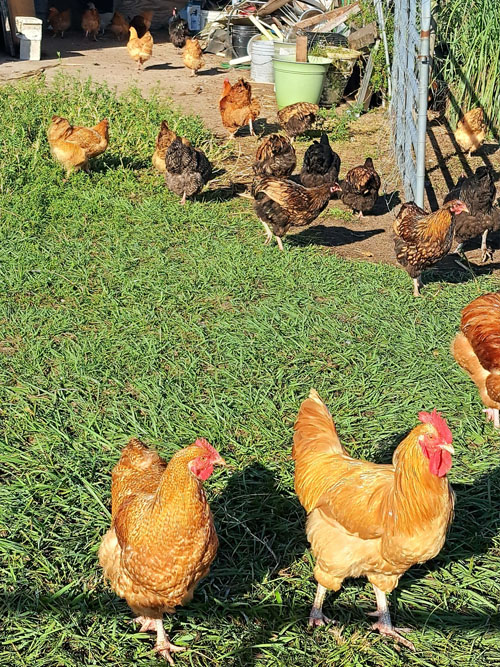
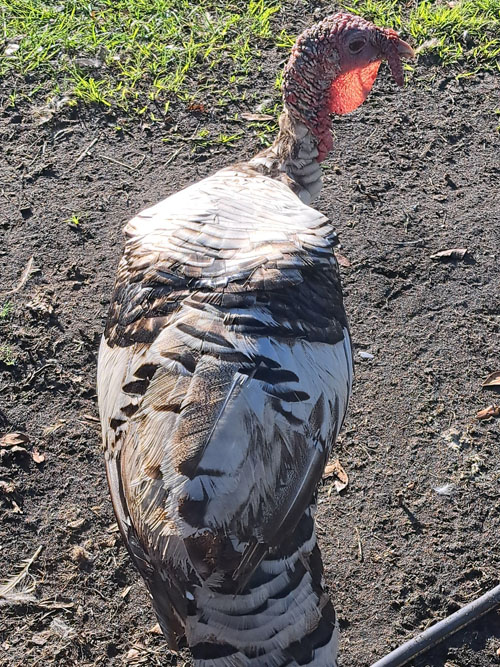
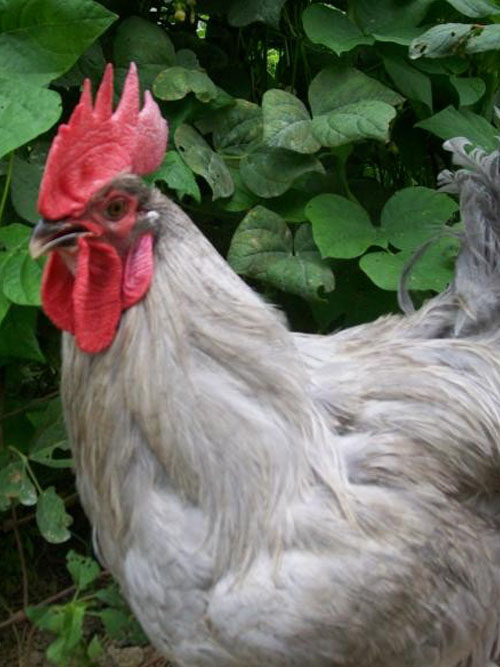
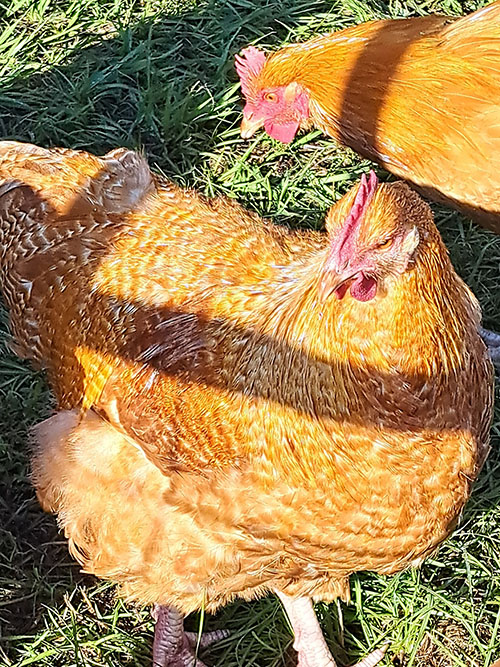
There are several color varieties of Orpington chickens.
Some of the more well known colors are recognized by the American Poultry Association. However some are still works in progress with more work needed to be done on breeding true to the form.
- Buff: The Buff is actually the second variety of Orpington created but they are by far the most popular. Buff Orpingtons soon outpaced the Black Orpington for popularity and despite a period of dwindling popularity it has bounced back and has now found favor with many backyard poultry enthusiasts.
- White: White Orpingtons were first made by Godfrey Shaw. At first they were known as Albions but the name was later changed to White Orpingtons. They are quite successful today and many folks raise them as utility chickens.
- Black: The Black Orpington was the first variety of Orpington created. They were first unveiled in the early 1880s and were hugely successful.
- Cuckoo: This color variation was created by Elizabeth Jane (William Cook’s daughter). Sadly however this breed did not become popular and the final embers of interest died away at the end of the first World War.
- Blue: The blue Orpington first appeared in 1910. Although this color was not wildly successful early in its career, it is now very much sought after and can command a good price.
- Spangled: Spangled Orpingtons first arrived in 1900 and even to this day they remain an extremely rare variety.
- Red: The red variety was created by W. Holmes Hunt however it has never been overly popular.
- Diamond Jubilee: The Diamond Jubilee plumage was created in honor of Queen Victoria’s fiftieth year on the throne of Great Britain. The patterning can almost be described as a mille fleur and they remains a popular variety in their homeland.
- Partridge: As their name suggest this breed has a well-defined brown partridge pattern – they are not APA approved.
- Chocolate: Who could resist a chocolate Orpington Chicken? They are a recent addition to the Orpington family and remain very rare.
- Lavender: The Lavender Orpington is another rare bird in the family. They command a high price in the current markets as their demands is surpassing their supply.
- Lemon Cuckoo: Lemon Cuckoo Orpingtons have only recently been introduced to the US in very limited quantities. Apparently there is still some work to be done on the barring so they are not very expensive at this point.Because they are so docile they can quickly becoming pets (especially for children).
- Gold Laced: The Gold Laced Orpington is rare here in the US however they have a much larger following in much of Europe.
- Silver Laced: Silver Laced Orpingtons are beautiful to look at and are becoming very sought after.
Please visit our store to see what is available at this time. Please visit our gallery to see pics and videos working with the poultry. We invite questions and comments by reaching us through our Contact Us Page.
